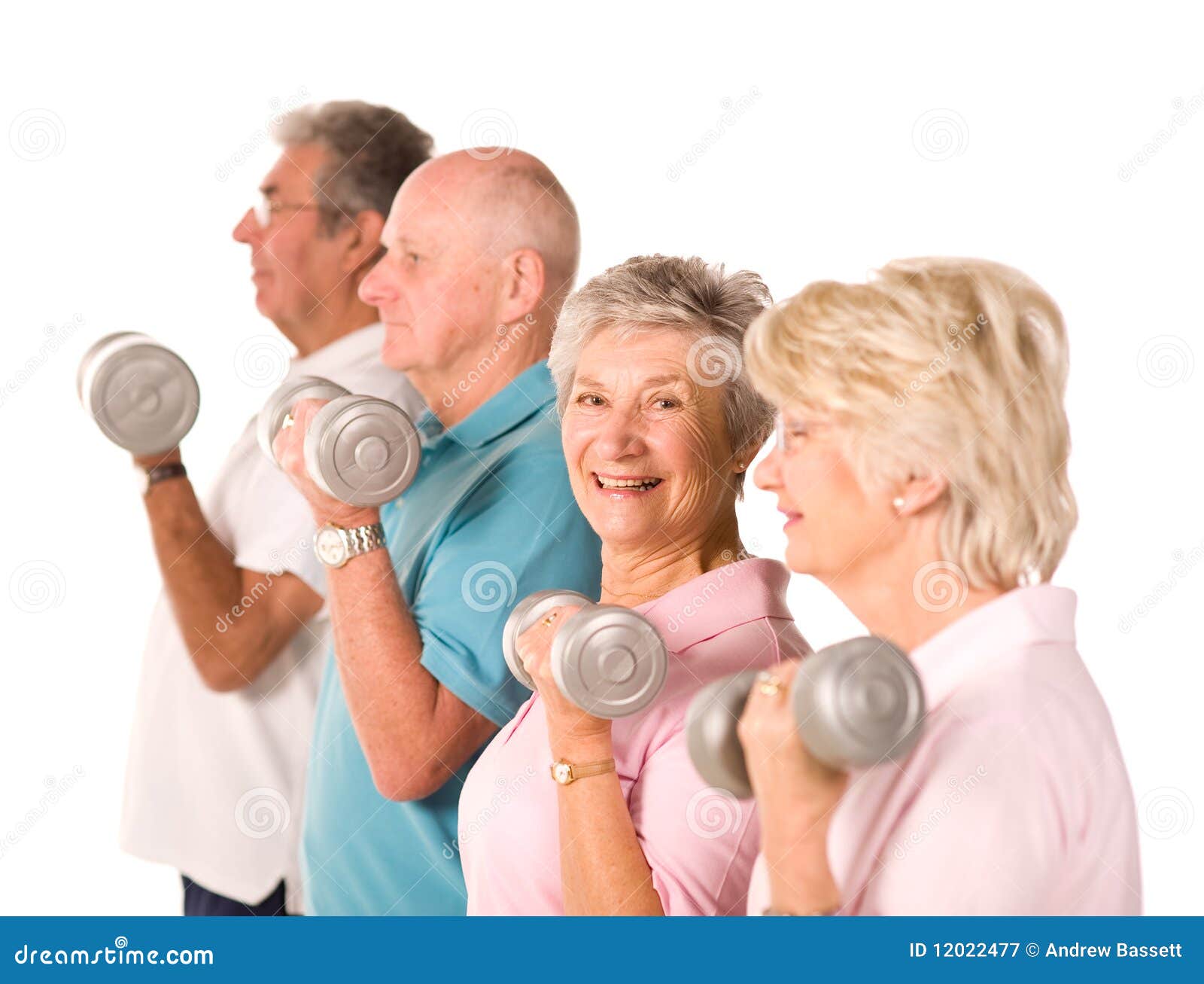News from the
theheart.org on Medscape > Heartfelt with Dr Melissa Walton-Shirley
COMMENTARY
Imagine Our World if We Taught It How to Eat
Melissa Walton-Shirley
I attended a session yesterday at the European Society of Cardiology (ESC) 2015 Congress entitled, "What should you eat to live a heart-healthy life?" By all accounts, accolades, and high-fives following the presentation, it was life-changing. Dr Neil Thomas (University of Birmingham, UK), Dr Steen Stender (University of Copenhagen, Hellerup, Denmark), Dr Simon Poole (Cambridge, UK), and Prof T Meinert Larsen (University of Copenhagen, Frederiksberg, Denmark)—all nutrition gurus and scientists—spent 67 minutes teaching us how to save the world. It was probably the most important series of the entire ESC 2015 meeting because they advocated for nutrients whose side effects are nil (for most) and are readily available for mass consumption (in most places). They demonstrated how a population of unsuspecting individuals could be sickened when a government allows a food supply to become tainted by commerce and ignored by politicians. They proselytized with proof and enthusiasm that we need to educate and legislate on the topic of nutrition to save millions upon millions of lives and dollars.
You may say I'm a dreamer
Dr Steen Stender dreams of a world without trans fat. He knows why it has been favored by the food industry: it's cheap, can hold its shape as a semisolid at room temp, has an ultralong shelf life, and stands up to repeated heating. Dr Stender also understands why the 2006 Nurses' Health Study published in the New England Journal of Medicine demonstrated a 33% increase in the incidence of coronary heart disease when 5 g or more of trans fat per day is consumed. Its ability to increase LDL and decrease HDL levels is a negative double-whammy in the lipid arena.
Because Dr Stender stood up to big commerce, he is now a superhero in the world of trans-fat legislation. As chair of the Danish Nutrition Council's subgroup dealing with trans fats and health, he convinced the country of Denmark to approve a ban there effective January 1, 2004. It is now illegal for any food to contain more than 2% trans fats, and offenders face hefty fines and even incarceration. Proof of the downside of taking a hard stand on trans fat is the fact that he was sued after he outed the content of a favorite snack wafer. He likened the public's risk of consuming it to that of smoking 10 cigarettes per day. Sales plummeted, and the company sued him for $1 million. Then, in a stunning turnaround, in 3 months, it dropped the suit and removed 100% of the trans fat in its product.
The number of Danes who died from cardiovascular disease fell by 70% between 1985 and 2009. No EU member state has recorded a greater decline in mortality. Could the ban on trans fats in 2003 be the cause? Indeed, it seems that Dr Stender's dream for Denmark may have already come true.
But I'm not the only one
In my office, I have a copy of the Mediterranean diet pyramid at checkout for every new patient. Many established patients who suffer from metabolic syndrome, coronary artery disease, or obesity receive a second or even a third copy. I spend hours teaching the simple mechanics of nutrition. I stress that it's more impactful on longevity than any metal scaffold electively deployed into a coronary artery. I found a kindred spirit in Dr Simon Poole. His salient points came rapid fire, finding their mark and leaving quite an impression.
"If patients with coronary artery disease came out of the office of a practicing physician or cardiologist not on a statin, you could argue that's a negligent practice, but I'd argue that most have no advice on diet. I lay down the gauntlet. We as physicians need to emphasize diet," he began. He then lauded Dr Stender by saying, "Steen has done remarkably well with his government. Our secretary of state wanted to make an impact. We were shuffled into a room to discuss how to decrease mortality in 2.5 years. We emphasized "brave legislation" (hinting at labeling, reduction in trans-fat content, and education). The reply was a terse, "Well, we don't do social engineering." Someone in the group argued, "If you look at eye-level in a market at the packaging of chocolates for children . . . if that isn't social engineering, I don't know what is."
He made the salient points that simple things like irrigation of olives decreases the antioxidant content of olive oil, which can ruin even good foods. When UV light replaces natural sunlight, it can be impactful. Furthermore, he consumes up to 50 cc of olive oil per day and recommends frying fish in it and pouring it on pasta. He doesn't count calories.
I quickly asked the expert if anything about my usual dietary recommendations could be improved. I told him that I advocate for cutting in half the consumption of bread, sweets, potatoes, pasta, and rice and to eat five servings of fruits and vegetables per day. I recommend a maximum of four eggs per week and no more than one serving of red meat per month.
Dr Poole replied, "I don't discourage consuming pasta if they drizzle olive oil on it because it lowers the glycemic load. I'd die without having red meat once per week but the portion is very, very small," he said, pointing to a small portion of the palm of his hand. "It's always grass fed," he added and quipped, "I always know what my food ate." Further critiquing my recommendations, he added, "I would go for more than five portions of fruit and vegetables per day. Butternut squash, for instance, and cucumbers are fruits of sorts. As for eggs, they are back on the menu."
His friend Dr Aseem Malhotra (Frimley Health NHS Foundation Trust, Camberley, UK), who was standing nearby, added, "Following an MI, for mortality lowering, a high-fat Mediterranean diet is more effective than aspirin, statins, and coronary stents." It was a statement thrown like a fastball toward home plate, its implication staggering and dead on target.
Dr Poole concluded his presentation today by stating, "We need broader professional leadership and access to resources. Education is key. We need to take responsibility."
I hope someday you'll join us
Dr Neil Thomas emphasized the importance of respecting the many randomized controlled trials assessing the effectiveness of the Mediterranean and DASH diets to reduce all cause mortality. The impact of uneven recommendations and the impact of the media's influence cannot be underestimated. He cautions against supplements, stating that, "The media regularly reports on omega-3 fatty acids for prevention and treatment of CV disease, but there are no interventional studies that demonstrate a reduction in mortality. The US Preventive Services Task Force found no evidence of a positive effect of any nutritional supplement. Although there was a 7% reduction in all-cause mortality in one study that included vitamin D, those studies included simultaneous calcium supplementation. Those with vitamin D alone are all negative," he said, then added, "There are two larger trials upcoming that will be definitive regarding whether it's beneficial." He concluded by saying, "With regard to beta carotene, as soon as you start giving it in interventional trials it actually increased the risk of death."
Dr Thomas Larsen is studying multiple dietary combinations like high- or low-glycemic-index diets combined with higher or lower fatty- and protein-content diets. According to the DIOGENES trial, he noted, patients who followed a low-protein and high-glycemic index diet were more likely to gain weight. He then added, "High-protein diets, not low-glycemic-index diets, are the most promising for regulation of fat mass and abdominal height." He concluded that based on the Diogenes diet and others, "a high-protein, low-glycemic-index diet may have additive effects to improve body-weight regulation, is more successfully maintained, and may be more likely to lower CVD risk factors if followed long term."
And the world will be as one
I challenge you take this information into your exam rooms tomorrow. Bring along a copy of the Mediterranean diet pyramid. Talk to patients about how adding extra virgin olive oil blunts the glycemic index of whole-wheat pasta. Advocate against unfounded claims for dietary supplements. Strike up a conversation with your local congressional representatives. Imagine how we as clinicians and practitioners can change the world one conversation at a time, one politician at a time, and one act of legislation at a time. If you can see the future, you can make it happen. Imagine how the world would eat and live if we all did that tomorrow. Just imagine.
~~~~~~~~~~~~
Yes, imagine a world where wellness is revered and respected again!
Thank you, Melissa Walton-Shirley, for one of the most exciting and inspiring reviews I have read in some time!!

















